Top 10 Employee Listening Tools for Organizational Growth
July 9, 2025Many companies want to understand what their employees think. That’s where employee listening tools come in. These tools help companies grow and keep their best people. They do more than run a yearly survey. Instead, they create a steady loop of feedback so leaders always know what’s going on.
Top 10 Employee Listening Tools for Organizational Growth
Many companies want to understand what their employees think. But they often don’t have the right tools to gather and act on that feedback. I’ve seen this problem again and again while helping teams improve their workplace culture.
That’s where employee listening tools come in. These tools help companies grow and keep their best people. They do more than run a yearly survey. Instead, they create a steady loop of feedback so leaders always know what’s going on.
What Are Employee Listening Tools?
Employee listening tools are software platforms that help companies collect and understand employee feedback. Unlike basic survey tools, these platforms track how employees feel over time.
The best employee listening tools usually include:
- Real-time surveys across different platforms
- Tools to study mood and find patterns
- Anonymous feedback option
- Easy-to-read dashboards
- Integration with HR software and chat tools
These platforms don’t just take one-time surveys. They help build an ongoing conversation between leaders and employees.
Listen to Your People
Track engagement and wellbeing continuously and ensure leaders take action on all levels of the organization – effortlessly in Slack or MS Teams.
Why Employee Listening Tools Matter
In my work with companies in Europe and the US, I’ve seen how better listening can drive real business results.
Here’s why it matters:
- 74% of employees feel more effective when they’re heard.
- 86% say they don’t feel heard at work.
That gap shows a big chance to improve. The right tools make it easier to listen and act at scale.
Reducing Turnover Costs
Hiring new employees is expensive. It can cost €20,000 to €50,000 per person. These tools help leaders spot issues early and prevent good people from leaving.
Improving Engagement
Engaged teams are more productive and more profitable. Listening tools show where engagement is high or low, so companies can take action.
Finding Bigger Issues Early
Small problems can grow into big ones. Listening tools help spot early warning signs so teams can fix problems fast.
Top 12 Employee Listening Tools in 2025
After trying out many platforms and helping clients use them, these are my top picks for 2025:
1. Teamspective
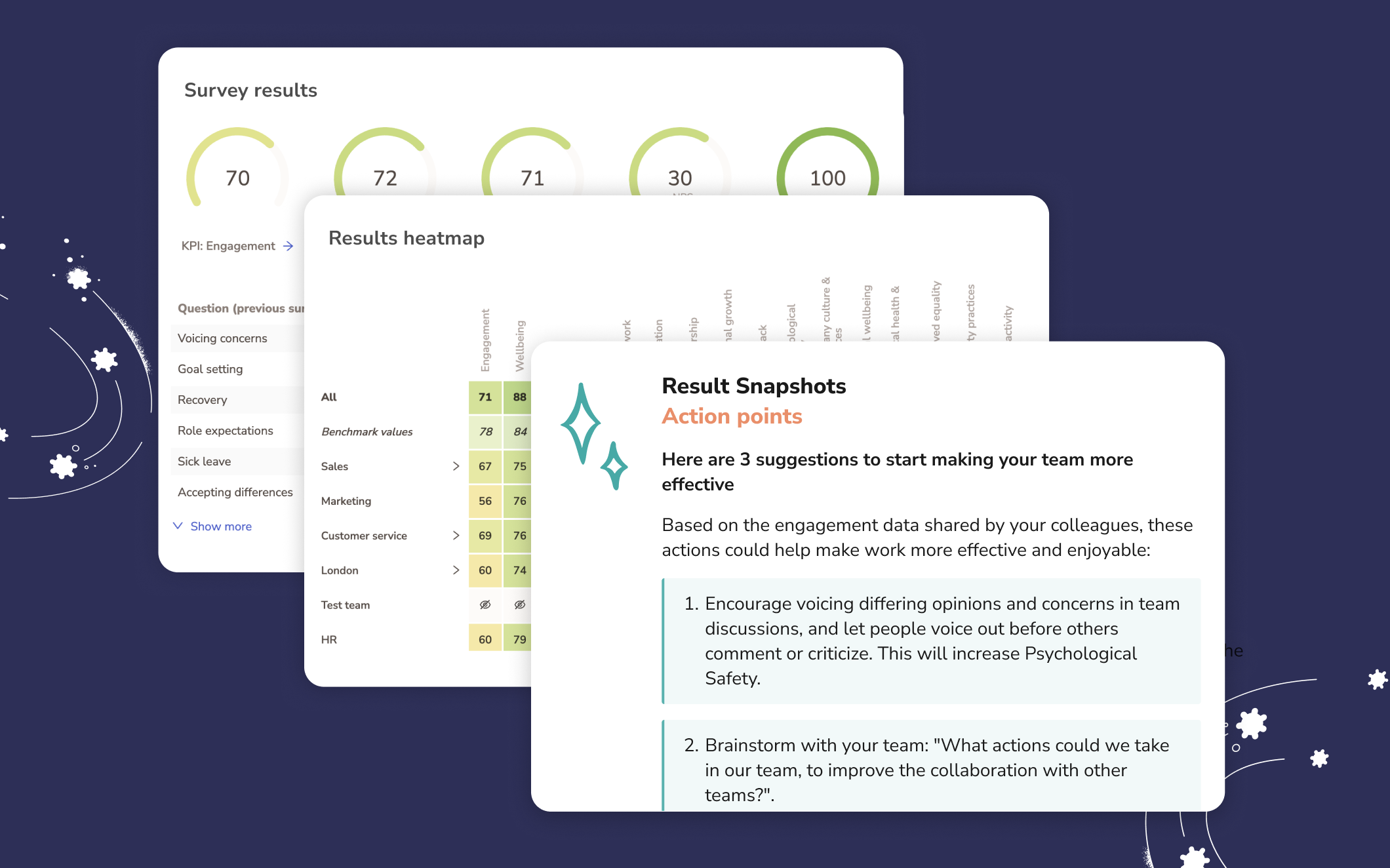
Teamspective is a leadership enablement platform that mixes employee feedback with data on how teams work together. This gives leaders a full picture of what’s happening in the workplace.
Pros:
- Combines data on engagement, performance, and collaboration
- Smart suggestions based on AI
- Easy Slack and Teams integration
- Real-time pulse surveys
Cons:
- Network analysis may need extra explanation
- Limited branding for surveys
- Still new with a smaller user base
Best for: Fast-growing teams that want to improve leadership and teamwork.
2. Culture Amp
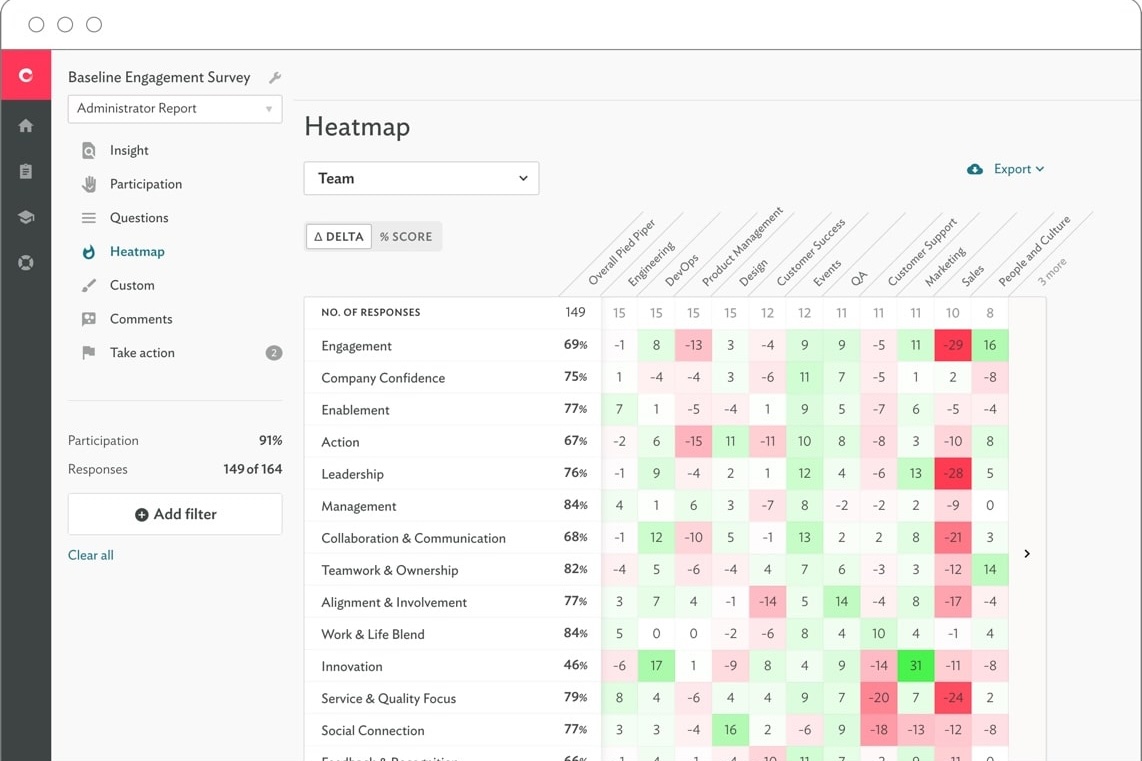
Culture Amp uses research-backed surveys to help companies improve engagement.
Pros:
- Surveys created by experts
- Action plans that guide managers
- Strong benchmarks for comparisons
- Focus on diversity and inclusion
Cons:
- Can be complex for new users
- Needs training to get the most value
- More expensive than simple tools
Best for: Companies that want a science-based way to build a stronger culture.
3. Glint (Microsoft Viva)
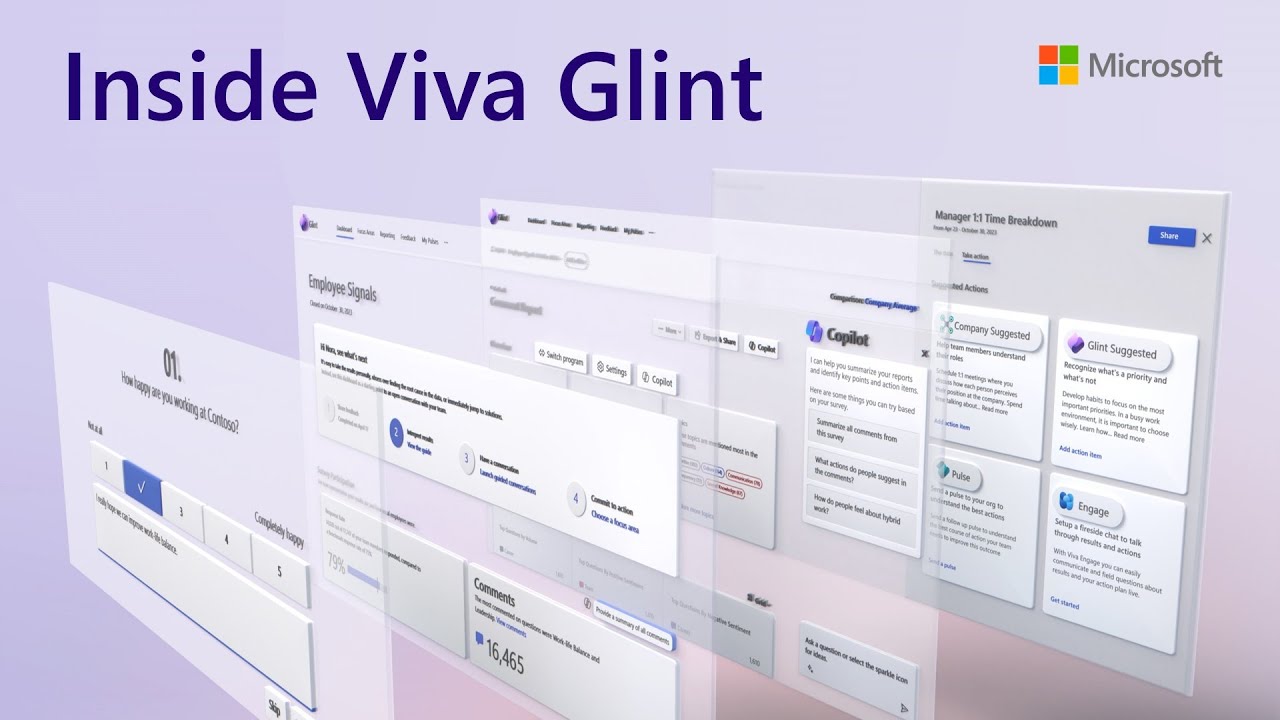
Now part of Microsoft Viva, Glint helps companies find and fix problems before they grow.
Pros:
- Predictive insights from AI
- Ties in with Microsoft 365
- Strong text analysis
- Manager coaching tools
Cons:
- Works best for Microsoft-heavy companies
- Takes time to set up
- High price for advanced features
Best for: Microsoft-based organizations needing deep insights and prediction tools.
4. 15Five
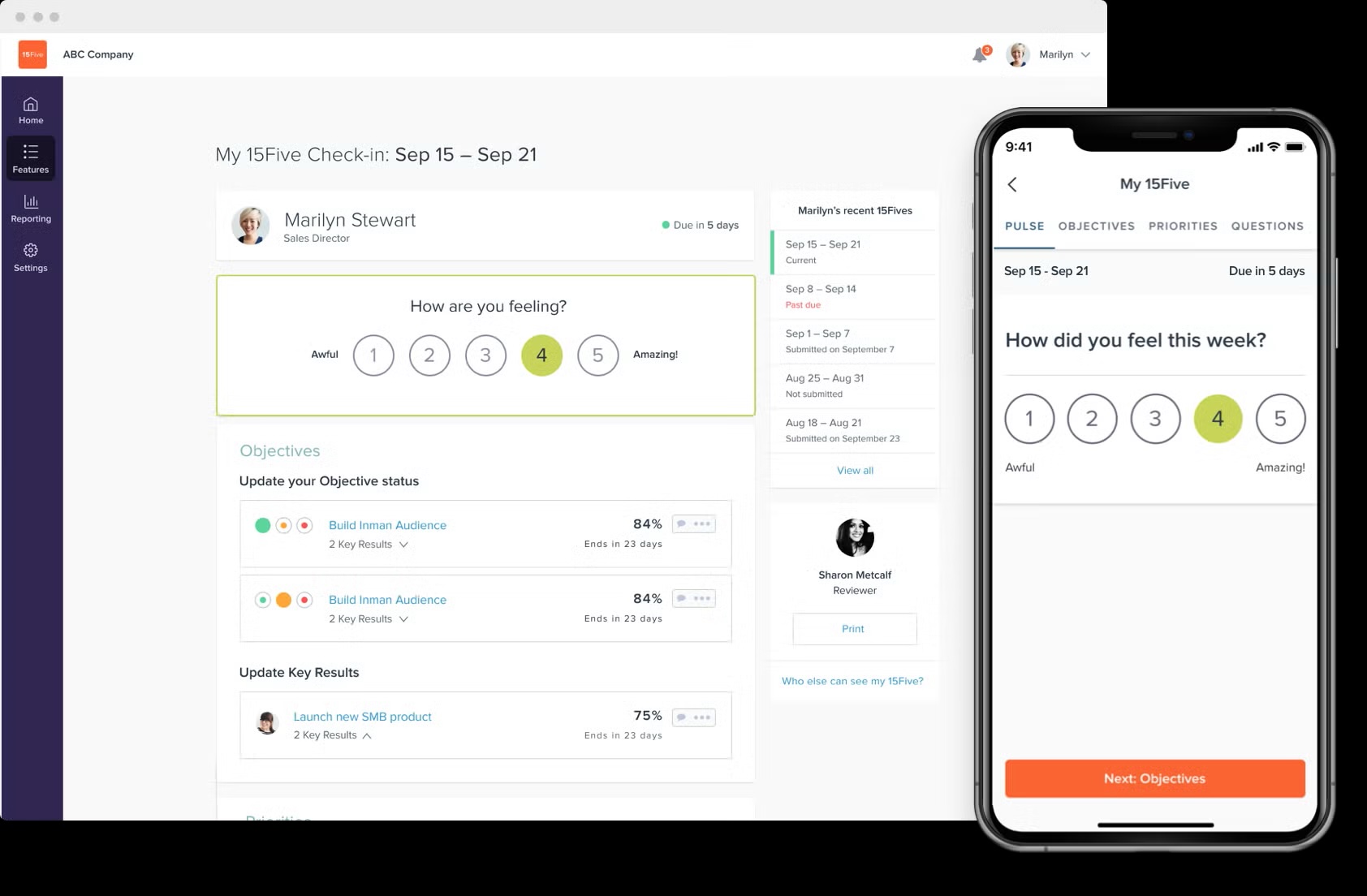
15Five connects employee feedback with performance check-ins.
Pros:
- Quick and easy to use
- Focus on manager-employee relationships
- Built-in recognition tools
- Good price for small to mid-size companies
Cons:
- Fewer advanced analytics
- May need extra tools for full programs
- Limited customization
Best for: Mid-sized teams that want simple, regular check-ins and strong relationships.
5. Officevibe
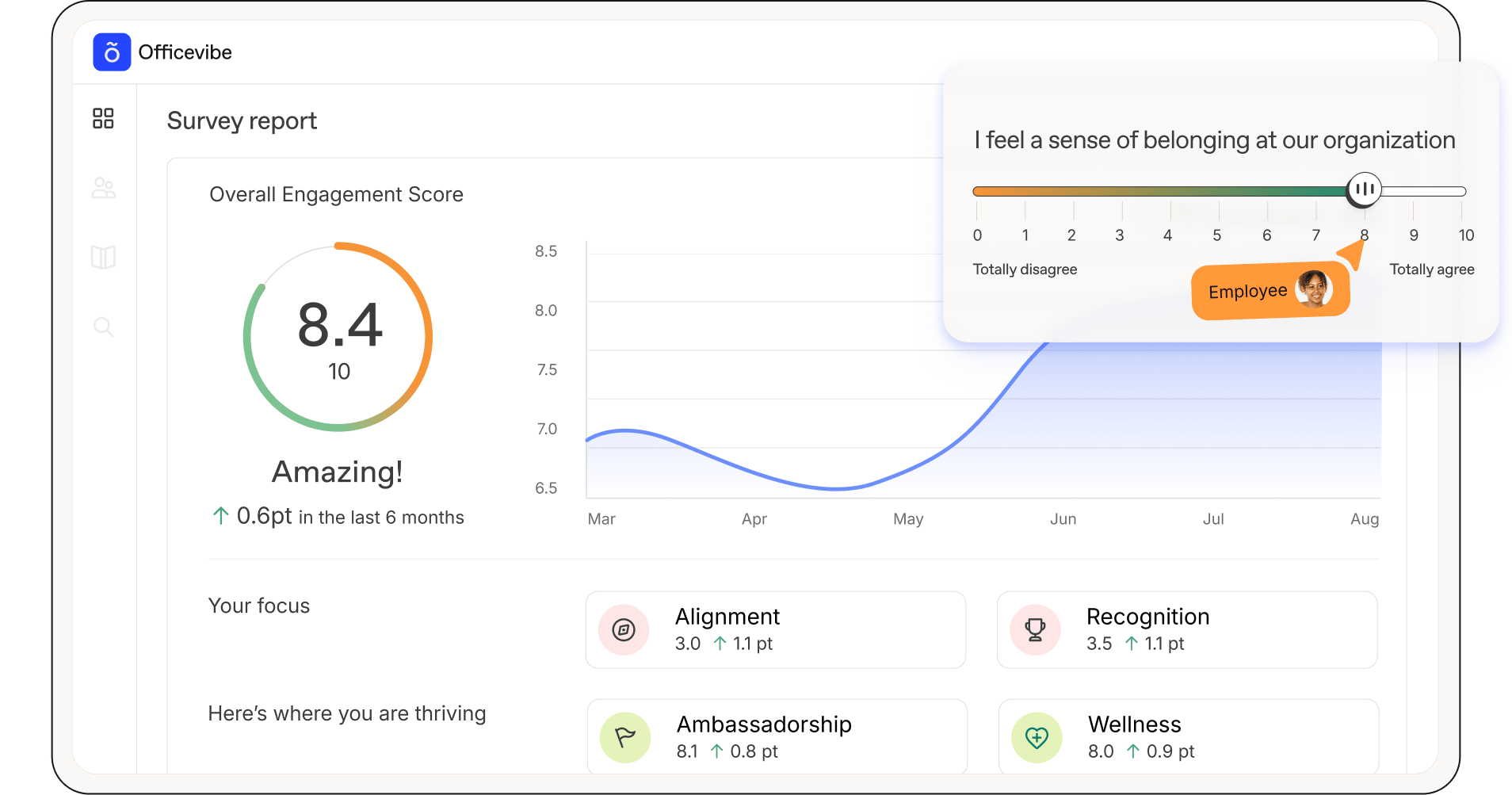
Officevibe is easy to use and helps teams give feedback often.
Pros:
- Simple interface
- Anonymous feedback to boost honesty
- Ready-made surveys
- Fair pricing
Cons:
- Limited survey design options
- Basic reports
- Few integration features
Best for: Growing teams new to employee listening.
6. Workday Peakon
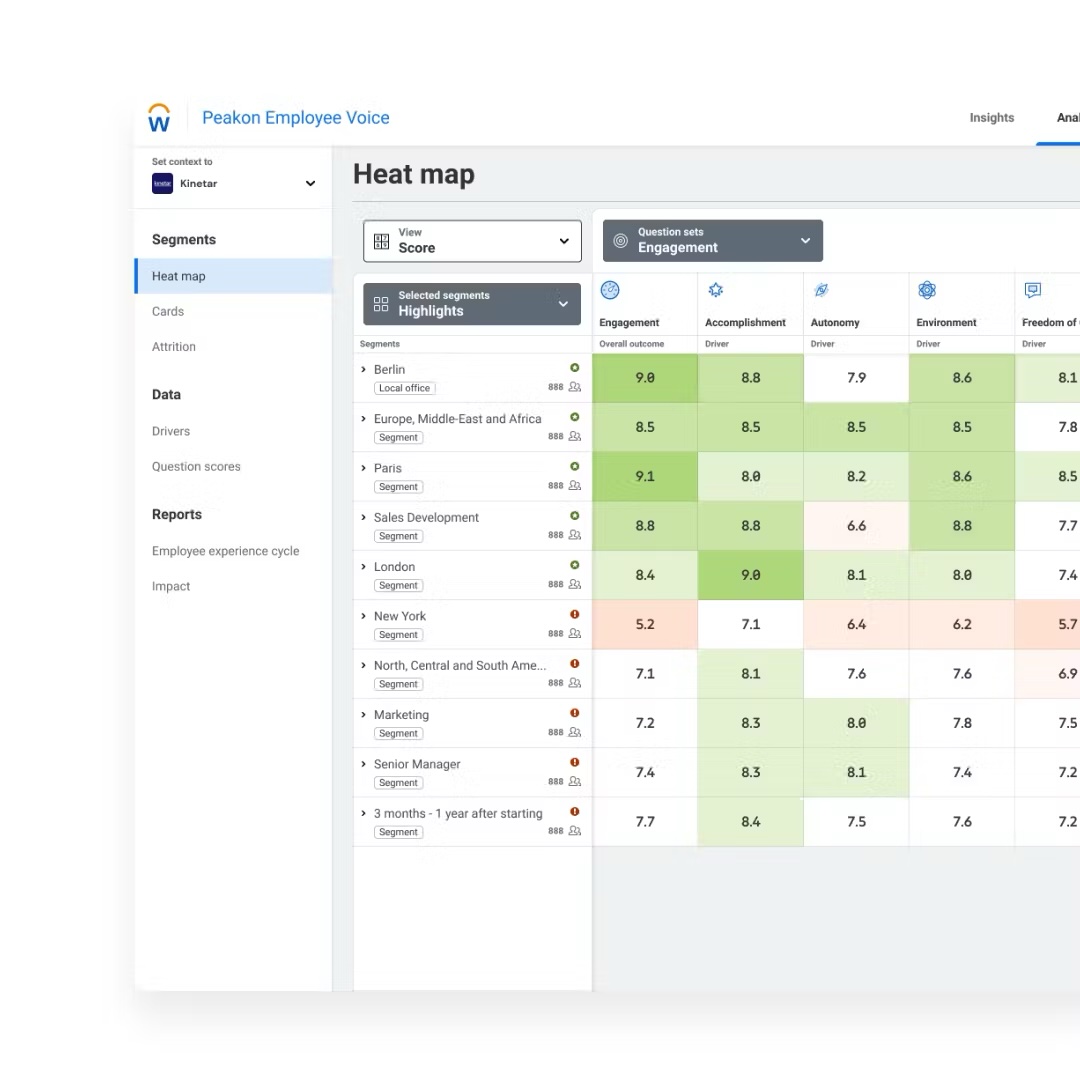
Peakon offers deep insights for large companies that need detailed analytics.
Pros:
- Strong data visuals
- Industry benchmarks
- Custom survey schedules
- Connects with Workday HR tools
Cons:
- Setup can take time
- Some features are hard to learn
- Pricey for small budgets
Best for: Big organizations needing full-featured analytics and flexibility.
7. Bonusly
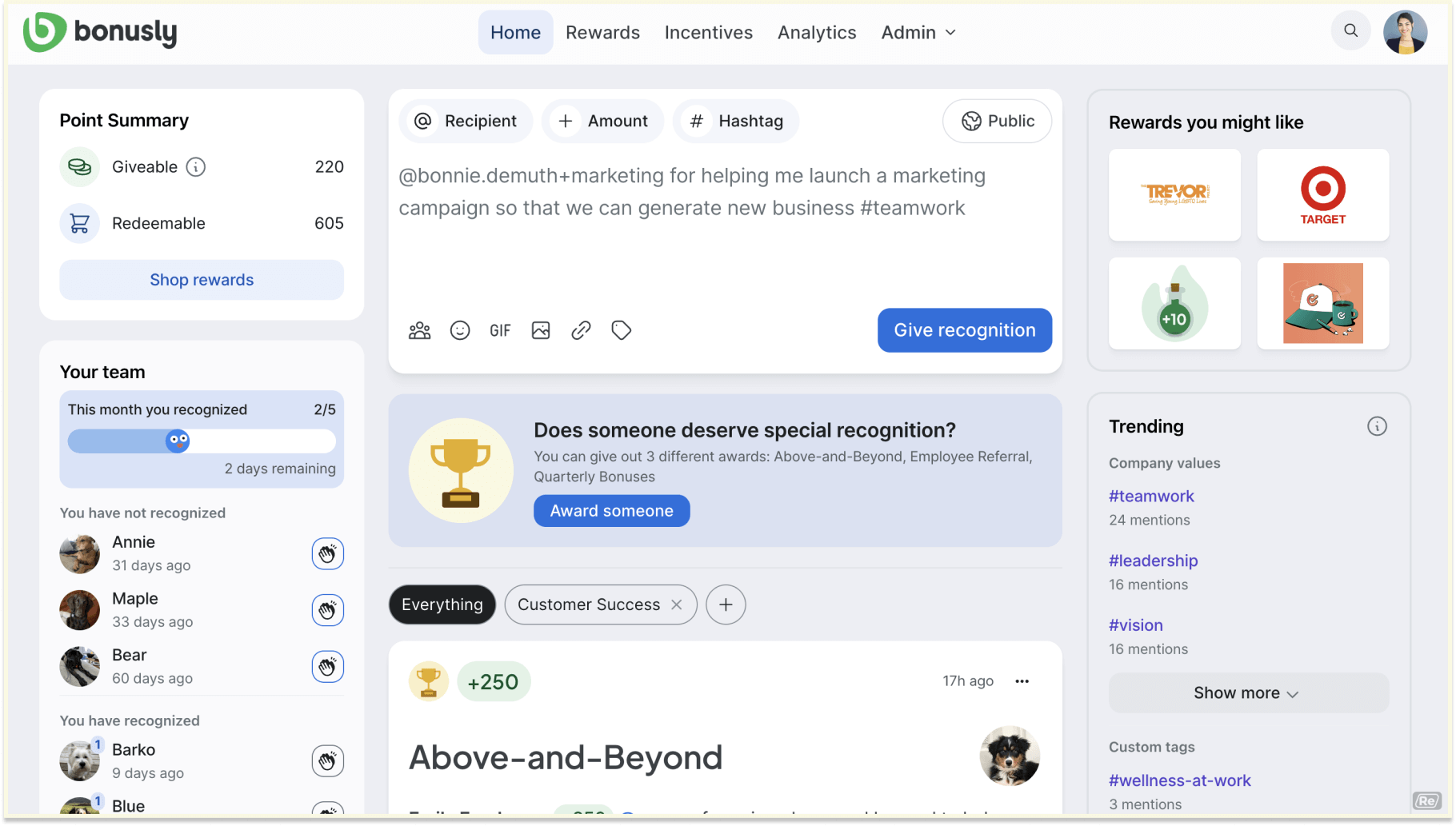
Bonusly focuses on recognition but also gives insight into what motivates teams.
Pros:
- Easy to use and well-liked
- Public recognition boosts morale
- Flexible rewards
- Tracks patterns in team behavior
Cons:
- Focus is mostly on recognition
- Rewards need ongoing funding
- Best for open, recognition-friendly cultures
Best for: Teams that want to promote peer appreciation and gather light feedback.
8. TINYpulse
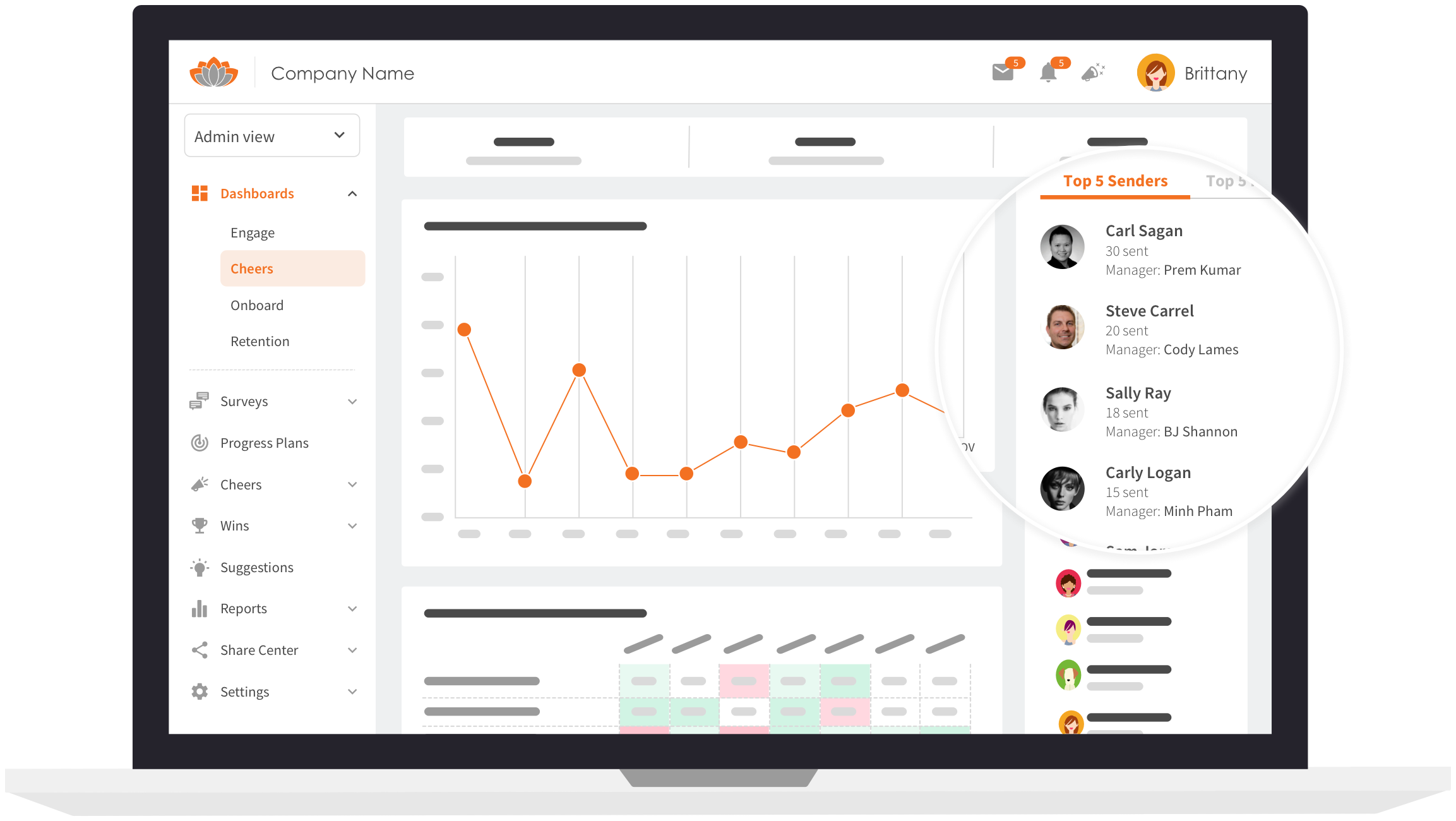
TINYpulse offers fast feedback with anonymous tips and praise.
Pros:
- Quick to set up
- Anonymous suggestions
- Benchmarks for comparison
- Low-cost option
Cons:
- Simple analytics
- Few integrations
- Less survey flexibility
Best for: Teams just starting out with employee listening.
9. Lattice
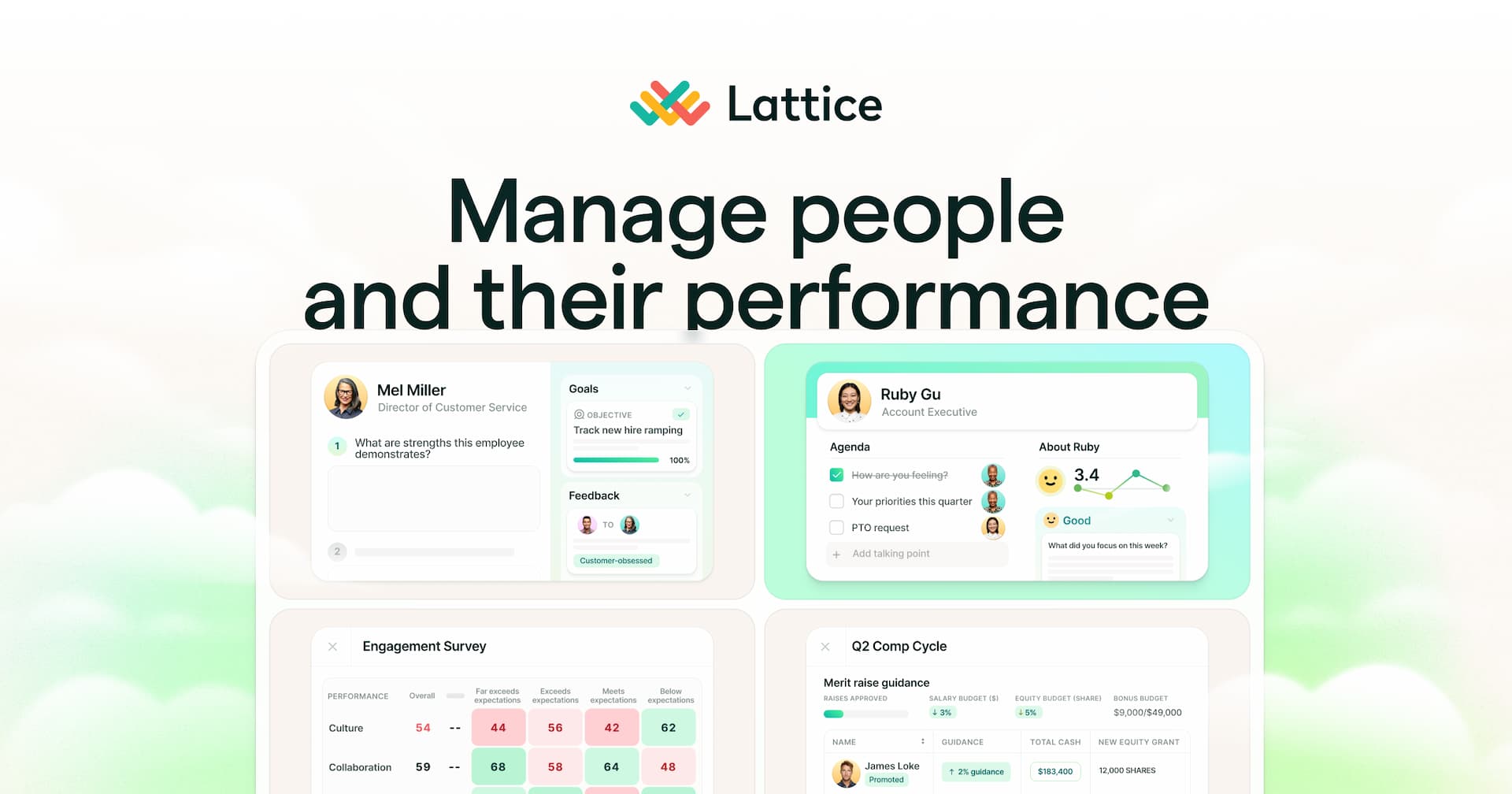
Lattice links feedback with goals and career growth.
Pros:
- Goal-setting and OKRs
- Career development support
- Clean design
- Good balance of features
Cons:
- Some tools feel separate
- Complex insights may need expert help
- Full value takes time
Best for: Growing teams that want to connect performance, growth, and feedback.
10. Qualtrics EmployeeXM
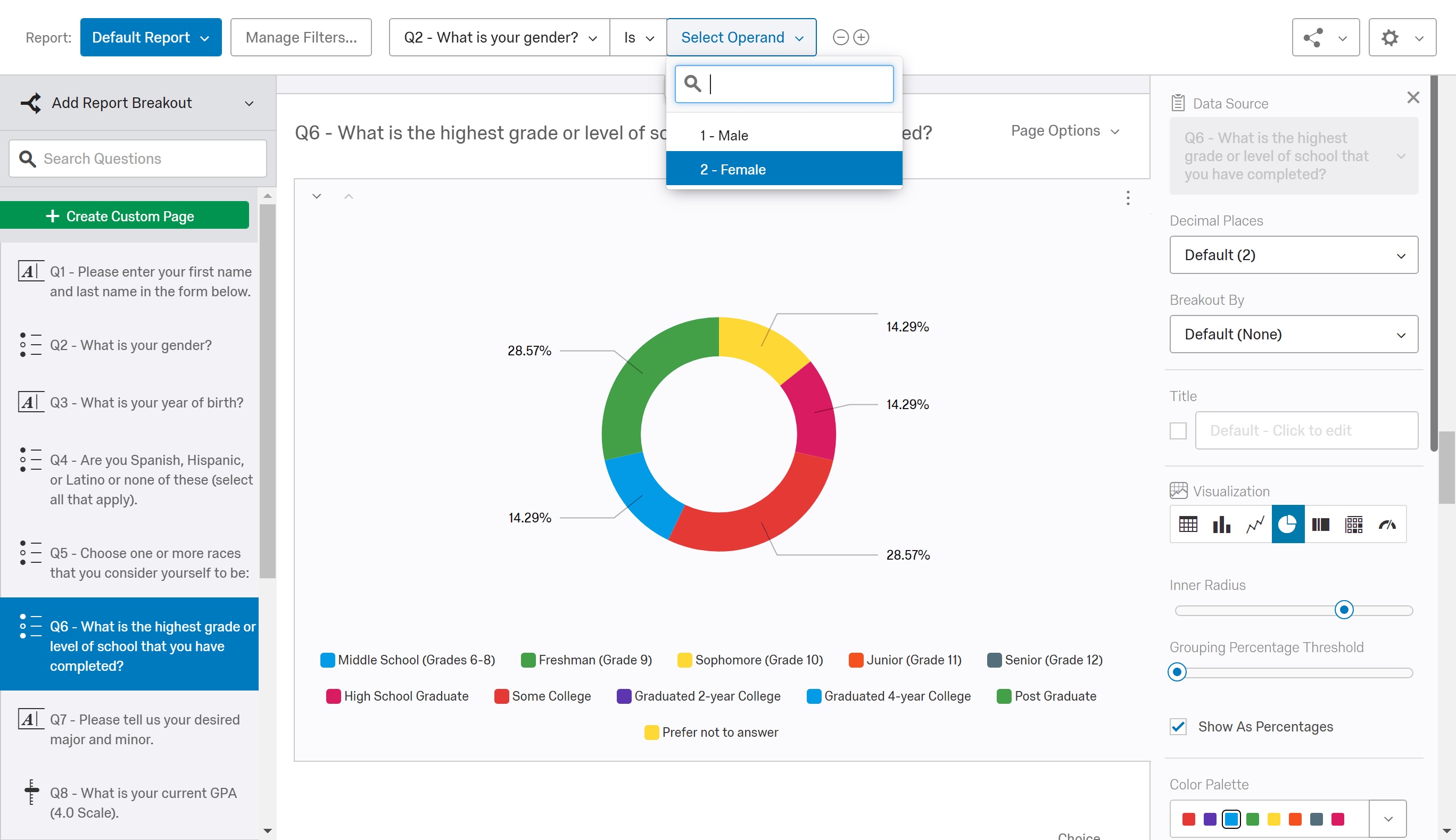
Qualtrics offers deep insights across the full employee journey.
Pros:
- Covers full lifecycle
- Advanced language analysis
- Works with many business tools
- Customizable for big needs
Cons:
- Needs lots of setup
- Can be expensive
- Might feel overwhelming
Best for: Large companies needing deep customization and system integration.
Key Features to Look for in Employee Listening Tools
When comparing tools, focus on these key features:
Multiple Ways to Give Feedback
Surveys, 1:1 meetings, anonymous suggestions. Use different methods to hear all voices.
Real-Time Insights
Pick tools that show live data so you can act fast.
Anonymous Options
Let employees speak freely without fear.
Action Planning
Good tools help managers make and track action plans based on what they learn.
System Integration
Choose tools that work with your HR and communication software.
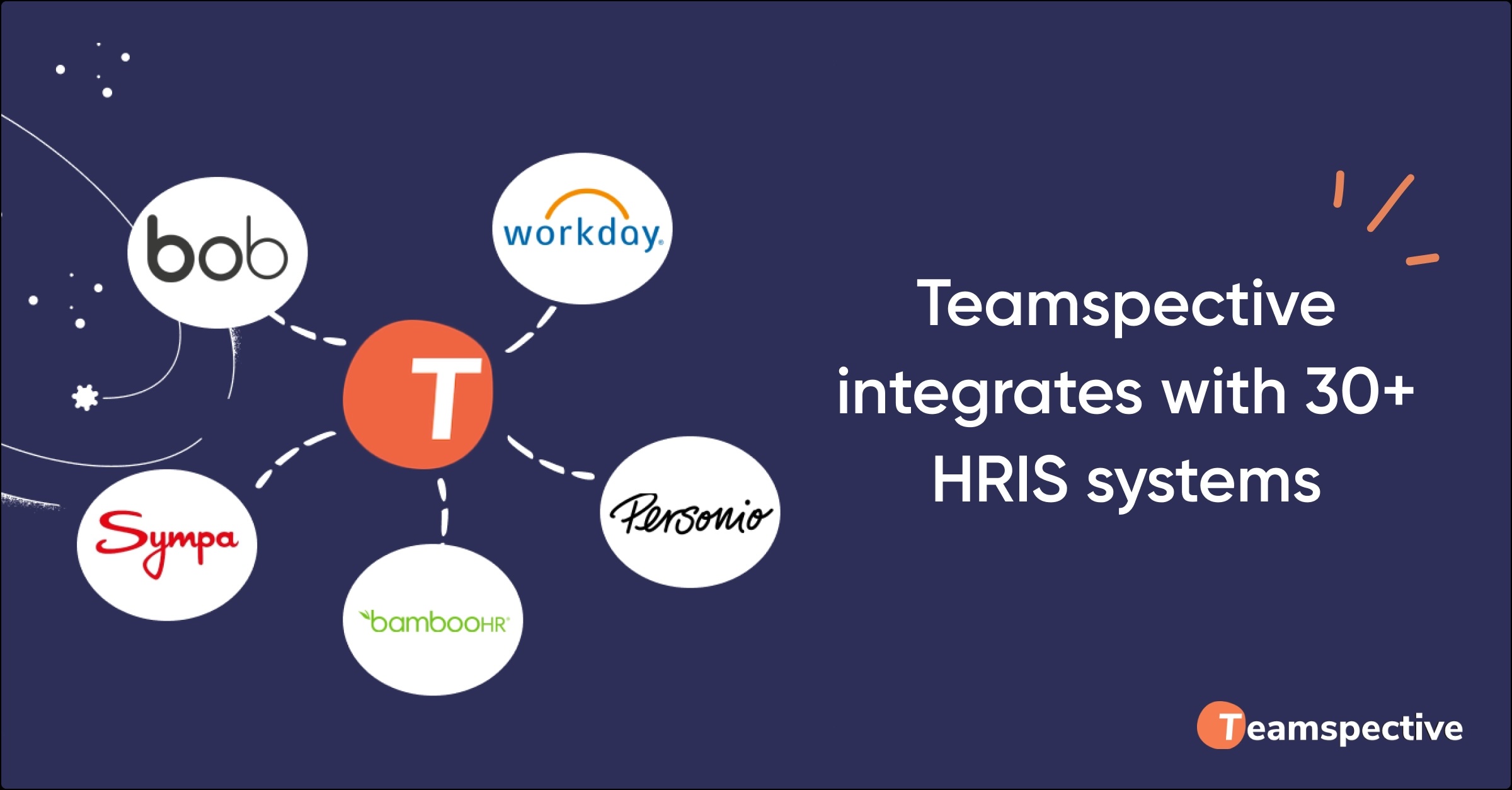
How to Choose the Right Employee Listening Tool
Here’s how to pick the right one for your company:
1. Know What You Have
Look at your current feedback methods. What’s working? What’s missing?
2. Set Your Goals
What do you want to improve: engagement, retention, manager support?
3. Think About Your People
Are your workers in the office or remote? What tools do they already use?
4. Check Tech Needs
What tools do you already have? What’s needed for setup and security?
5. Plan for Change
Make sure you have a plan to train users and keep momentum going.
The Future of Employee Listening
Here’s what’s coming next:
- AI-Powered Insights: Smarter tools will spot patterns and give better advice.
- Real-Time Feedback: Feedback will become part of everyday work.
- Personalization: Tools will adjust based on roles and preferences.
- Prediction: You’ll be able to fix problems before they start.
Taking Action
Employee listening tools help companies grow and keep top talent. But it’s not just about buying software. It’s about using it the right way.
Pick a tool that fits your team. Train your people. Take action. When done well, listening becomes a key part of your success.
Want to build your own employee listening strategy? Schedule a call with our team of experts today.



